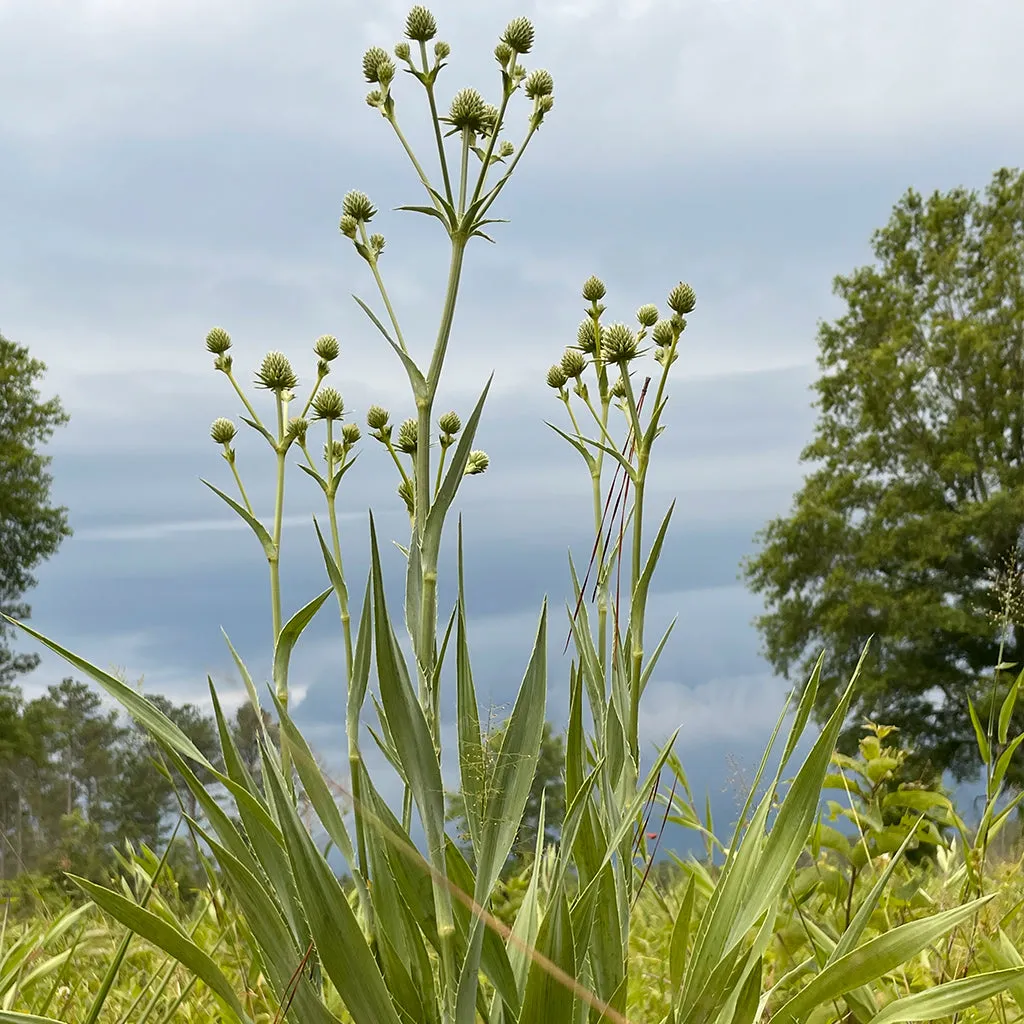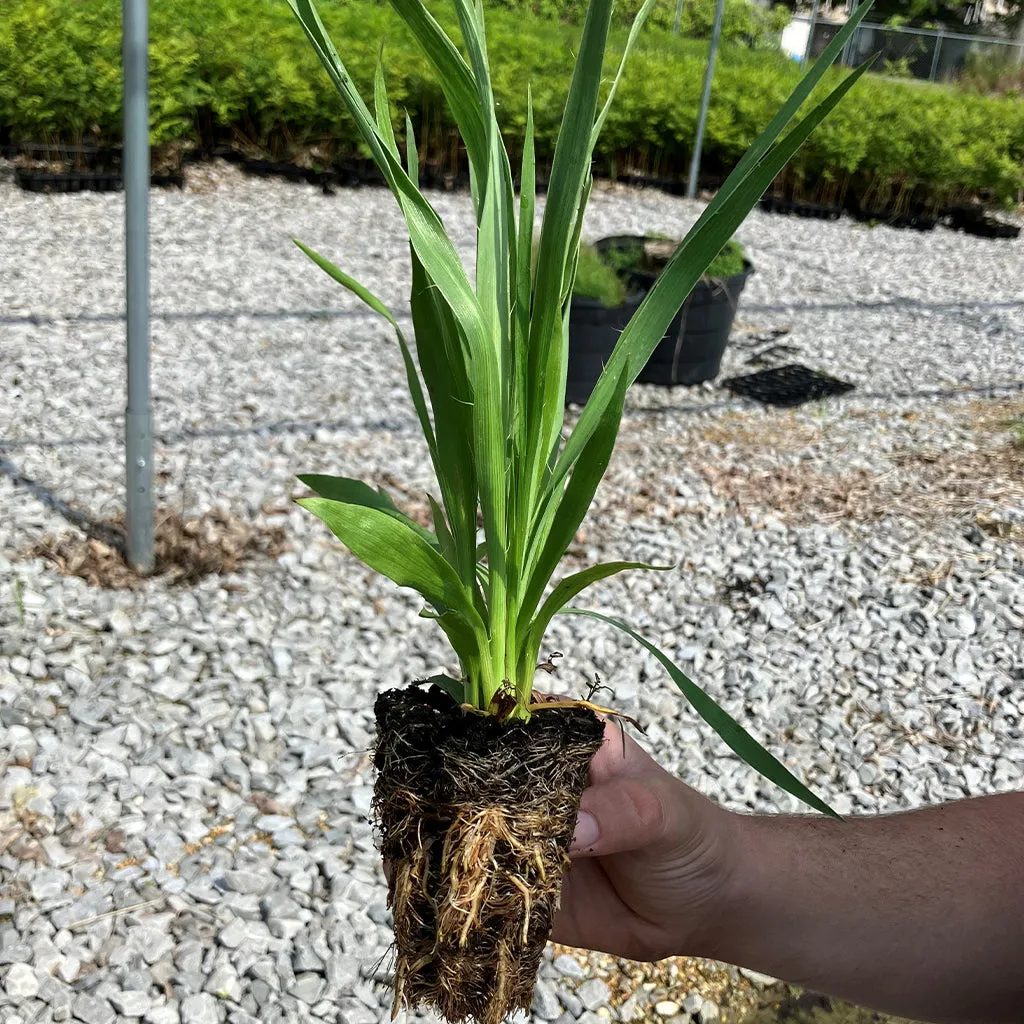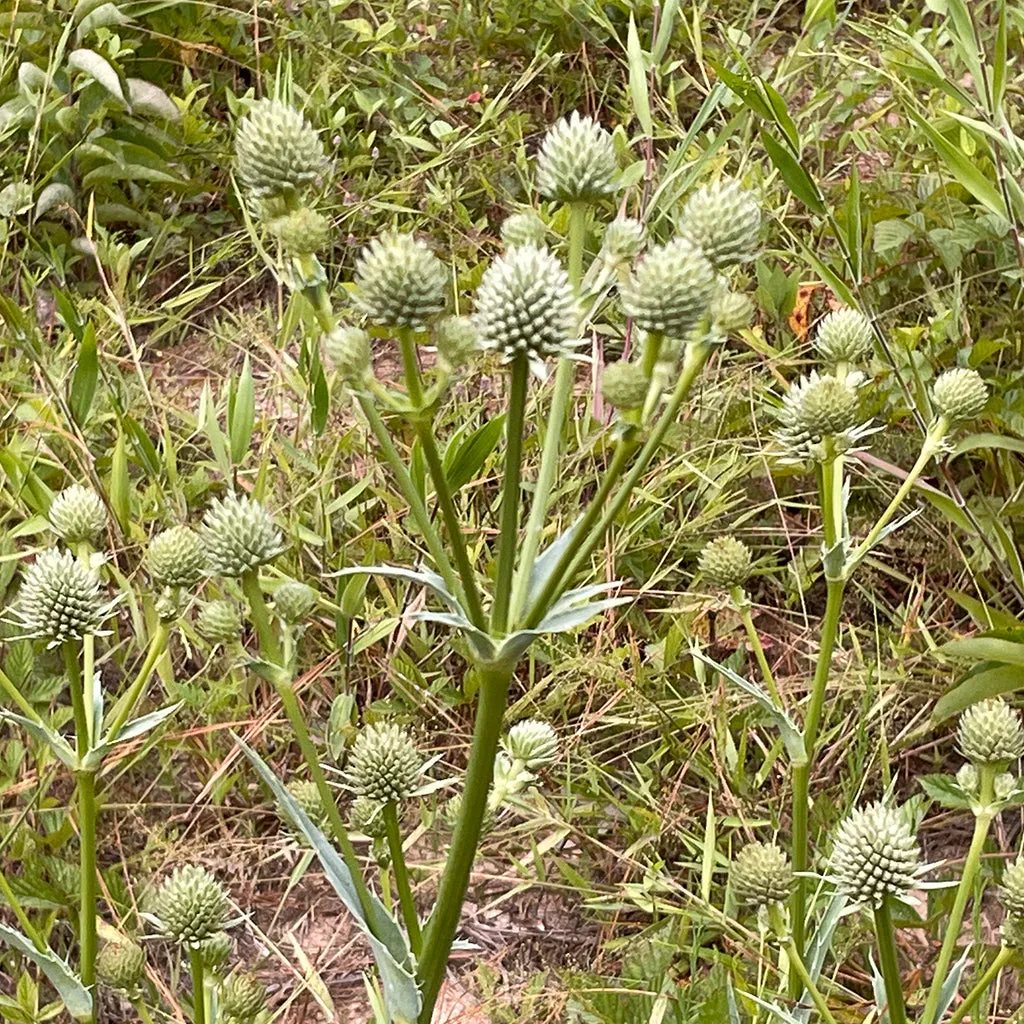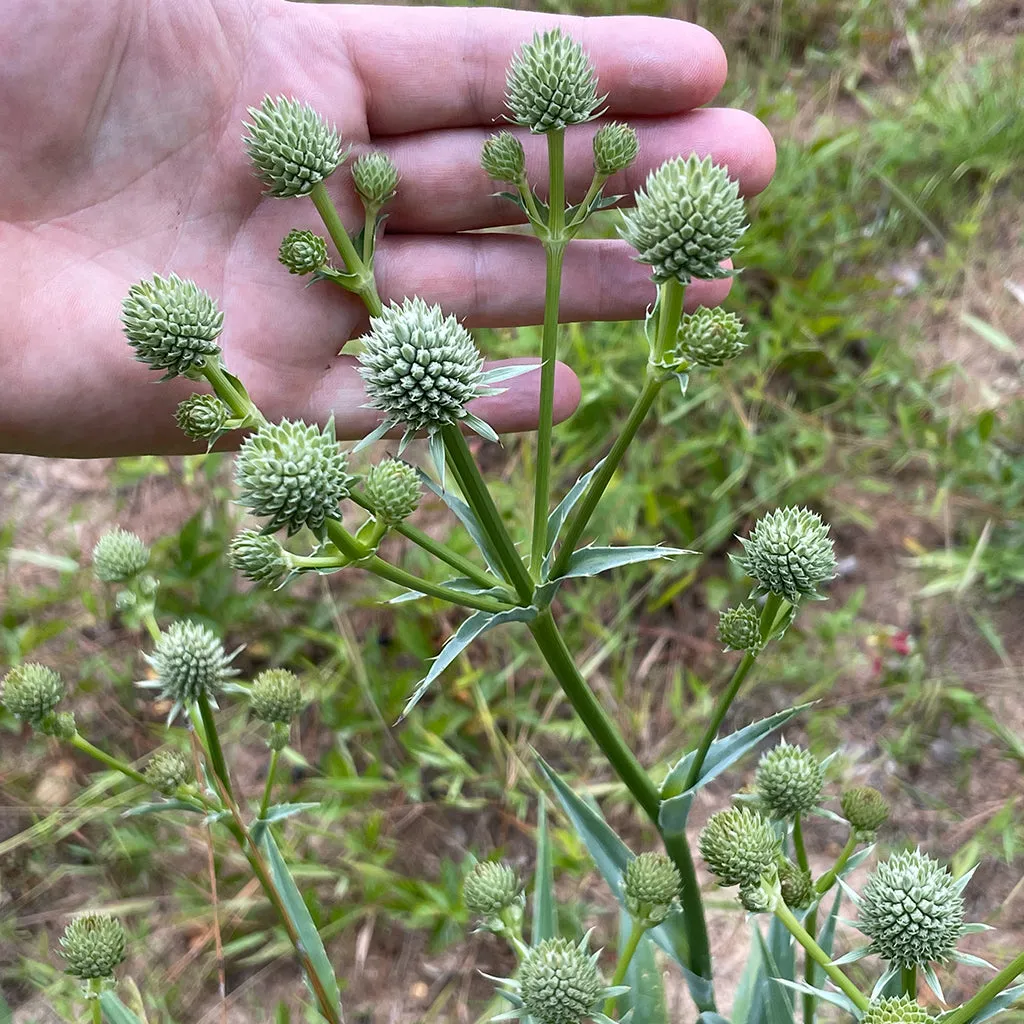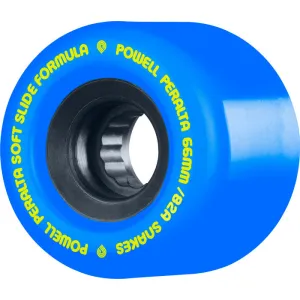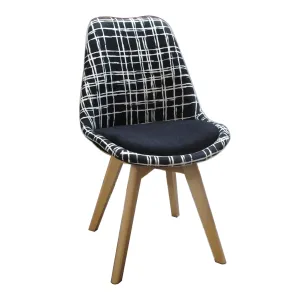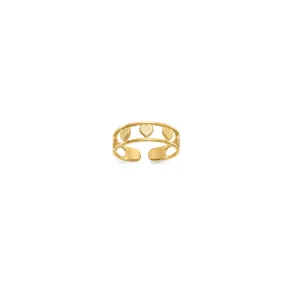Rattlesnake Master Wildflower Seed Plugs (Eryngium yuccifolium)
If Rattlesnake Master (Eryngium yuccifolium) went to school, it probably would have won the “most interesting student” award in its senior year. Most often occurring in open or prairie type settings in the eastern half of the U.S., rattlesnake master is a perennial forb from the same family as carrots and parsley that has yucca like foliage, and spherical, spiky white to light green blooms that are dull in color but oddly stand out in a crowd of other plants. Several not so scientific references from the past link this species to different uses dealing with snakes… hence the name Rattlesnake Master. Don’t try this at home, but one suggested treating one’s hands with a concoction made from the plant could deter bites when handling rattlesnakes. Other cultures have used it to treat snake bites. Humans in the past and present use it for various ailments, but where it really shines in usefulness is that it makes excellent cordage and fabric. In fact, the oldest “shoes” found on archaeological sites in the eastern states are as much as 8000 years old and woven from fibers produced from rattlesnake master leaves.
Aside from its good looks and historical uses, rattlesnake master is also prized by many insects. Monarchs and other important butterflies and skippers utilize the nectar, certain beetles feed on its pollen, and many other native bees, wasps, and flies help with pollination. A couple of insects simply must have rattlesnake master plants to complete their life cycle.
Plant them in USDA planting zones 4-9 in open or mostly open areas so they get plenty of sunlight to reach their best size (blooms up to 4 feet in height). Rattlesnake Master is equally happy in a yard-type ecosystem as it is on a barren or glade, so don’t hesitate to try these anywhere you need to add good looks or diversity to a landscape.
Rattlesnake Master Planting Zones 4-9
Soil pH 5.5-7.5

